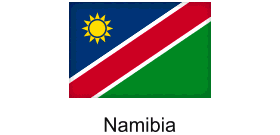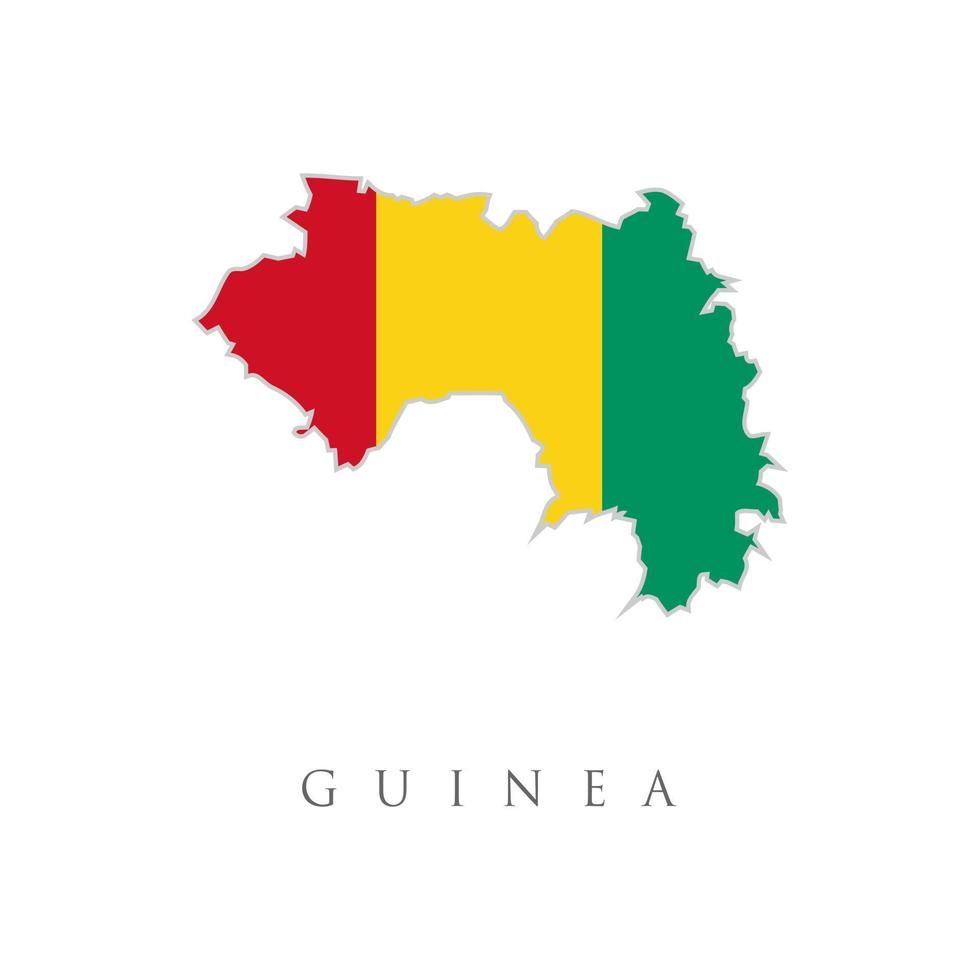Unlock Africa: Namibia Unleashes Major Visa-Free Travel for 36 New Nations

Namibia has significantly enhanced its status as a tourism-friendly and investment-ready nation by expanding its Visa on Arrival (VoA) programme to include 36 additional countries and territories. This strategic decision, ratified during the 19th Cabinet meeting on September 2, 2025, and subsequently announced by the Ministry of Home Affairs, Immigration, Safety and Security (MHAISS), represents a substantial commitment to fostering openness and strengthening international cooperation within southern Africa’s travel sector. Ngindinua Daniel, the executive director of MHAISS, articulated that this expansion is an integral component of a broader government initiative aimed at elevating Namibia’s global standing and making travel more accessible to a wider international audience. Daniel emphasized the government's objective: “We want to make it easier for genuine travellers, businesspeople and tourists to visit our country without unnecessary bureaucracy,” underscoring the ambition to streamline entry processes and attract diverse visitors.
Prior to this latest development, Namibia's established visa-on-arrival and electronic visa system already served citizens from 90 countries and territories. The Cabinet's recent approval means that travelers from a further 36 destinations will soon be eligible to obtain their visas directly at designated Namibian ports of entry. Historically, visitors from these newly included countries were required to navigate a more complex application process through Namibian diplomatic missions, which often involved additional costs and considerable delays. This simplification is expected to have a profoundly positive impact on both leisure and business travel, bringing Namibia in line with international best practices in visa facilitation and significantly enhancing the country's appeal to both African and international tour operators.
The expanded list of eligible countries is notably diverse, encompassing regions from the Caribbean and Europe to Asia and Oceania. These new additions include the Åland Islands, American Samoa, Andorra, Anguilla, Antigua and Barbuda, Aruba, Bahamas, Barbados, Bermuda, Bolivia, Brunei Darussalam, Central African Republic, Cyprus, Dominican Republic, Georgia, Grenada, Haiti, Kiribati, Maldives, Malta, Monaco, Mongolia, Montenegro, North Macedonia, Palestine, Panama, Saint Kitts and Nevis, Saint Lucia, Saint Vincent and the Grenadines, Samoa, Slovenia, Suriname, Sweden, Tonga, Trinidad and Tobago, and Vanuatu.
Beyond merely increasing accessibility, the Namibian government has also comprehensively modernized its visa application process. A key element of this modernization is the updated digital e-Visa platform, accessible at eservices.mhaiss.gov.na, which empowers applicants to submit their documentation and receive approval prior to their departure. MHAISS is actively promoting the adoption of this e-Visa system, highlighting its numerous advantages in terms of speed, enhanced security, and greater transparency. According to Daniel, the manual application process at border posts often creates “unnecessary delays for both the applicants and immigration officials,” and the government’s overriding goal is to establish “a smooth, efficient and secure process at all entry points.”
To further encourage the widespread use of the digital platform, the government has introduced a financial incentive. While the fee for e-Visa applications remains set at N$1,600, the cost for manual visa-on-arrival applications submitted directly at border posts has been increased to N$2,000. Daniel clarified that this adjustment is not intended to penalize travelers but rather to incentivize digital adoption, stating, “This adjustment is not meant to punish travellers. It is an incentive for people to use the digital system, which is faster, safer and more transparent. We are building a system that is aligned with global best practices.”
For African travel industry professionals, Namibia’s dual commitment to openness and digitisation sends a powerful signal: the region is ready to actively compete for international tourism and investment opportunities. The streamlined process is anticipated to attract not only leisure tourists but also business delegations, MICE (Meetings, Incentives, Conferences, and Exhibitions) groups, and investors who prioritize efficiency and predictability in their travel formalities. Furthermore, the expanded VoA programme has the potential to inspire neighboring countries to re-evaluate their own visa policies, thereby fostering a more interconnected southern African travel corridor and unlocking new multi-destination itineraries for the continent’s tour operators.
It is important to note that while these significant changes have received approval at the highest levels of government, the precise implementation date for both the revised eligibility list and the updated fee structure will be formally communicated following its official publication in the Namibian government gazette. This deliberate, phased approach ensures that all relevant stakeholders across the travel industry—including airlines, hotels, destination management companies, and ground handlers—are afforded ample time to adjust their marketing strategies and adequately inform their global partners.
As Namibia continues to modernize its entry protocols, the broader African travel sector stands to gain valuable insights and lessons. The rapid adoption of digital visa systems, coupled with policies that actively promote openness and prioritize customer convenience, is establishing a new benchmark across the continent. For African travel professionals, the message is unequivocally clear: embracing technology and simplifying border procedures are paramount to attracting the next generation of global travelers, while simultaneously supporting vital intra-African tourism and business mobility. Namibia’s latest initiative transcends merely boosting visitor numbers; it is about fundamentally redefining how African destinations engage with the global community, respond proactively to evolving traveler expectations, and harness innovative tools for sustainable growth. As the implementation of this new VoA scheme progresses, African travel stakeholders will undoubtedly observe its impact keenly, prepared to adapt and innovate within an increasingly digital and interconnected tourism landscape.
Recommended Articles
President Tinubu in Paris: High-Stakes Meeting with Emmanuel Macron Sparks Diplomatic Buzz

President Bola Tinubu met with French President Emmanuel Macron for a working private lunch at the Élysée Palace in Pari...
Wunmi Adelusi's Life-Defining Moment: The Event That Still Echoes

Discover the profound and lasting impact of intentional meeting attendance beyond mere networking. This article explores...
Nvidia Fuels OpenAI's Future with Massive $100 Billion Investment
Nvidia is set to invest $100 billion in OpenAI, bolstering its AI data center capabilities with an aim to deploy the fir...
Generation Shift: Why Gen Z & Millennials Are Ditching Stocks for Fixed Income!

Bonds are rapidly becoming a favored investment choice for Gen Z and Millennials in India, driven by competitive yields,...
Nigeria Seals Groundbreaking Aviation Deal with Brazil: Air Peace Set to Launch Lagos-São Paulo Route

Nigeria and Brazil have formalized a Bilateral Air Service Agreement (BASA), paving the way for direct air connectivity ...
You may also like...
Sports Betting in Africa: Quick Money or Long-Term Addiction?

"Is sports betting in Africa an opportunity for wealth or a trap for addiction? Explore its impact on youth, the role of...
October 2nd: Guinea’s Independence—A Nation With Defiant Beginning and Enduring Story

On October 2, 1958, Guinea made history as the first French colony in Sub-Saharan Africa to boldly declare independence....
The Jumia Story: Lessons From Africa’s First Tech Unicorn

Discover the story of Jumia, Africa’s first tech unicorn, and how platforms like Glovo and Bokku are reshaping e-commerc...
The Silent Cognitive Crisis: Brain Complacency in the Age of AI

“AI offers convenience, but at what cost? Explore how over-reliance on artificial intelligence fuels brain complacency, ...
Legacy Continues: Football Royalty's Son Nets Stunning Screamer for Barcelona Youth

Shane Kluivert, son of Dutch football legend Patrick Kluivert, scored a spectacular 'screamer' for Barcelona's Under-19s...
WNBA Star's Terrifying Health Ordeal: Mitchell Reveals Rhabdomyolysis Left Her Paralyzed

Indiana Fever All-Star guard Kelsey Mitchell revealed she suffered from Rhabdomyolysis during a WNBA semifinal game, cau...
Warner Bros' Box Office Bubble Bursts, But Industry Shrugs: What Does It Mean?

Paul Thomas Anderson's "One Battle After Another" marks a different kind of success for Warner Bros., earning critical a...
DCU's Nightmare: Are Film Franchises Repeating MCU's Fatal Flaws?

The DCU's increasing interconnectivity, particularly in <i>Peacemaker</i> Season 2, is raising concerns about potential ...